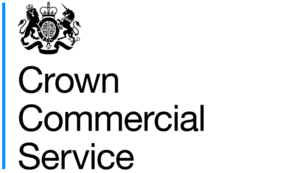Everything you need to know about the new SEND handbook
NAESN and Whole School SEND have developed a new handbook for schools to use
The new SEND handbook has been written for primary, secondary and specialist colleagues: teaching assistants, teachers, senior leaders and headteachers.
NAESN’s aims for the handbook is to bring together the perspective of children, young people, teachers and special educational needs co-ordinators. However, the handbook is not intended to be read cover-to-cover.
Split into eight key sections, it is designed as a resource to use over time.
Section 1: Understanding Your Role

This section emphasises that every teacher is automatically a teacher of SEND and needs to understand how to cater to children who require SEND. In this section, children and young adults are referred to as learners. As a teacher, it’s important to understand every type of learner’s needs.
Section 2: Knowledge of the Learner
Section 2 focuses on how children learn and giving learners a voice, as well as working with their families. Cognitive and thinking skills is also covered in this section.
Section 3: Planning inclusive lessons
Making sure that lessons are inclusive to all students and the both the conscious and unconscious barriers of learning. The topics of working with teaching assistants and remote education are covered in section 3 as well.
Section 4: Creating an Inclusive Environment
The important of a positive and inclusive classroom is explored here, and why it’s important students feel a sense of safety where they learn. This ranges from the design of the classroom to the relationships students form in the room and how available resources are. Making sure teachers have a clear and consistent routine planned for their class is also emphasised.
Section 5: Subject-specific guidance
Section 5 focuses on giving primary and secondary teachers in a variety of subjects e.g. maths, English, drama, science, music, art and design, physical education, computing, and modern foreign languages.
Section 6: The Graduated Approach
Section 6 explores the engagement model and detailing the teacher’s role in identification of SEND. This section also emphasises how the teacher needs to be an expert on the learner.
Section 7: Strategies to scaffold learning
The strategies to scaffold learning are explored across the four areas of need in the Code of Practice: cognition and learning, communication and interaction, sensory and or physical needs, social, emotional and mental health difficulties; neurodiversity, and co-occurence of need.
Section 8: Teacher wellbeing
This section emphasises how important a teacher’s positive attitude towards their teaching role is and how it can impact the class. The importance of a teacher’s wellbeing is stressed and ways to enhance it within the workplace.
Amelie Thompson and Katherine Walsh, the lead authors of the handbook, explain “This handbook has been developed as a resource for teachers to use over time as they embed inclusive practice in their classrooms”.
If you would like to work in the education industry, Balfor Education has many roles for you to apply for available at balfor.co.uk/education-jobs or call 0121 260 0000.










